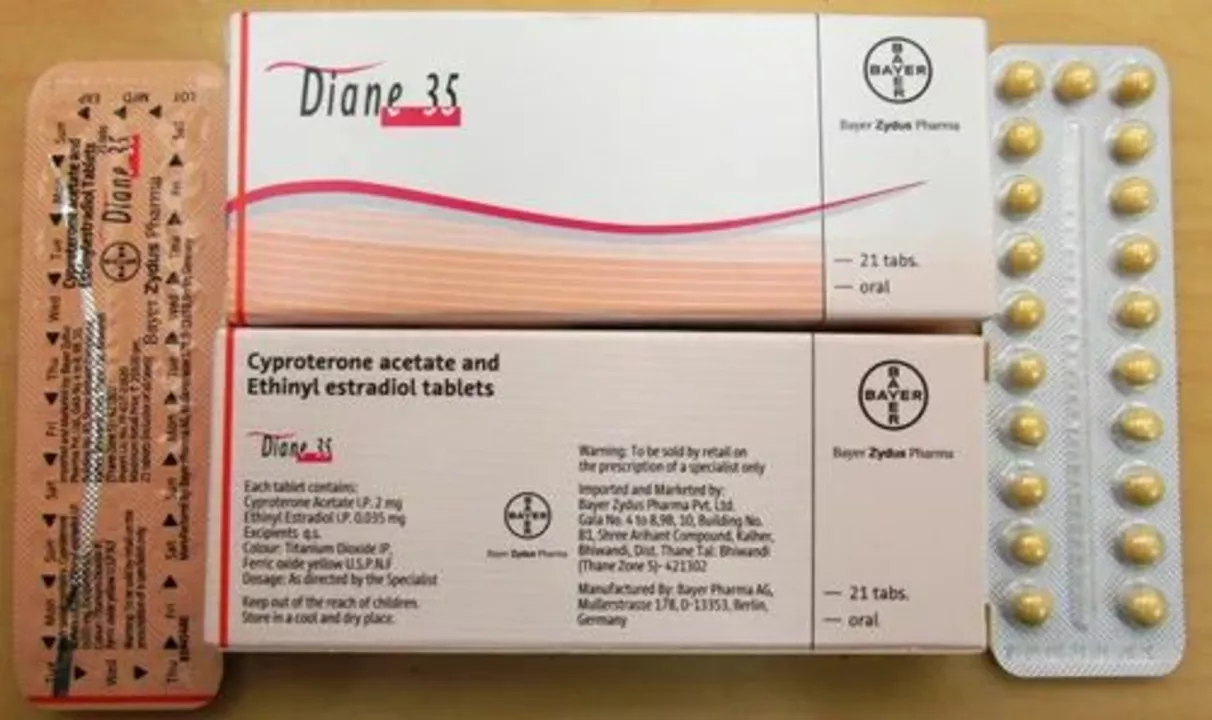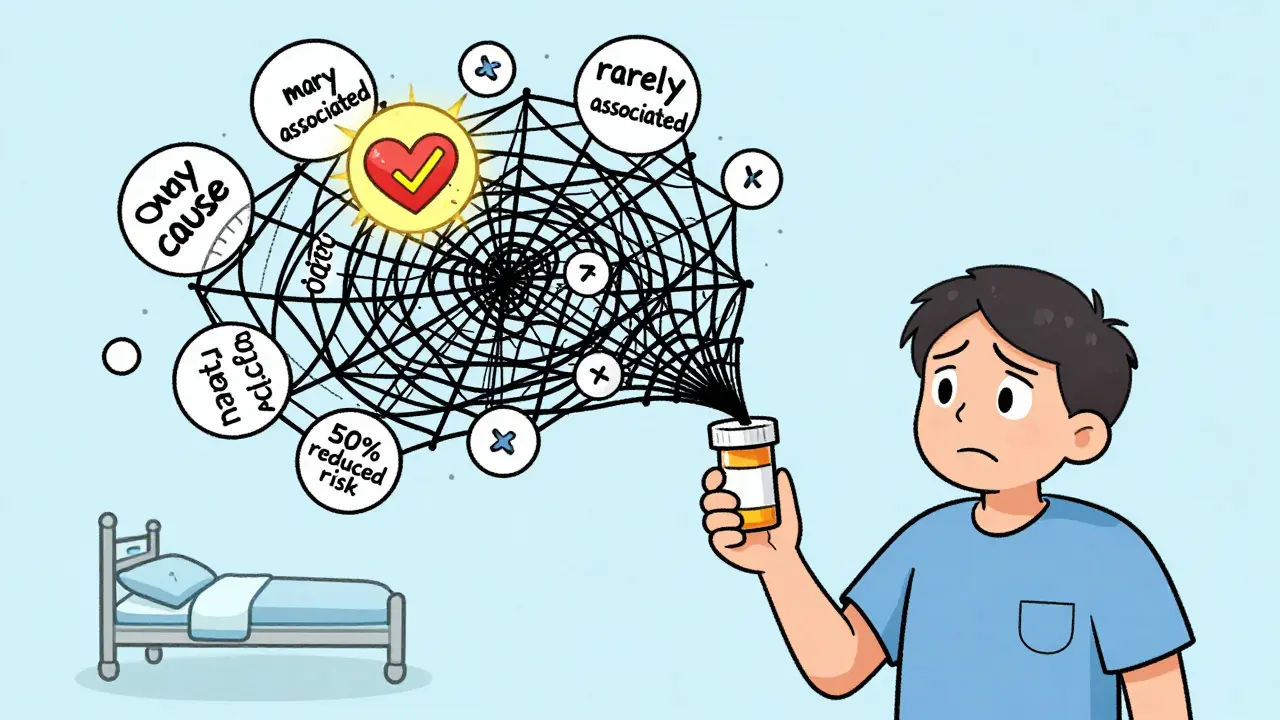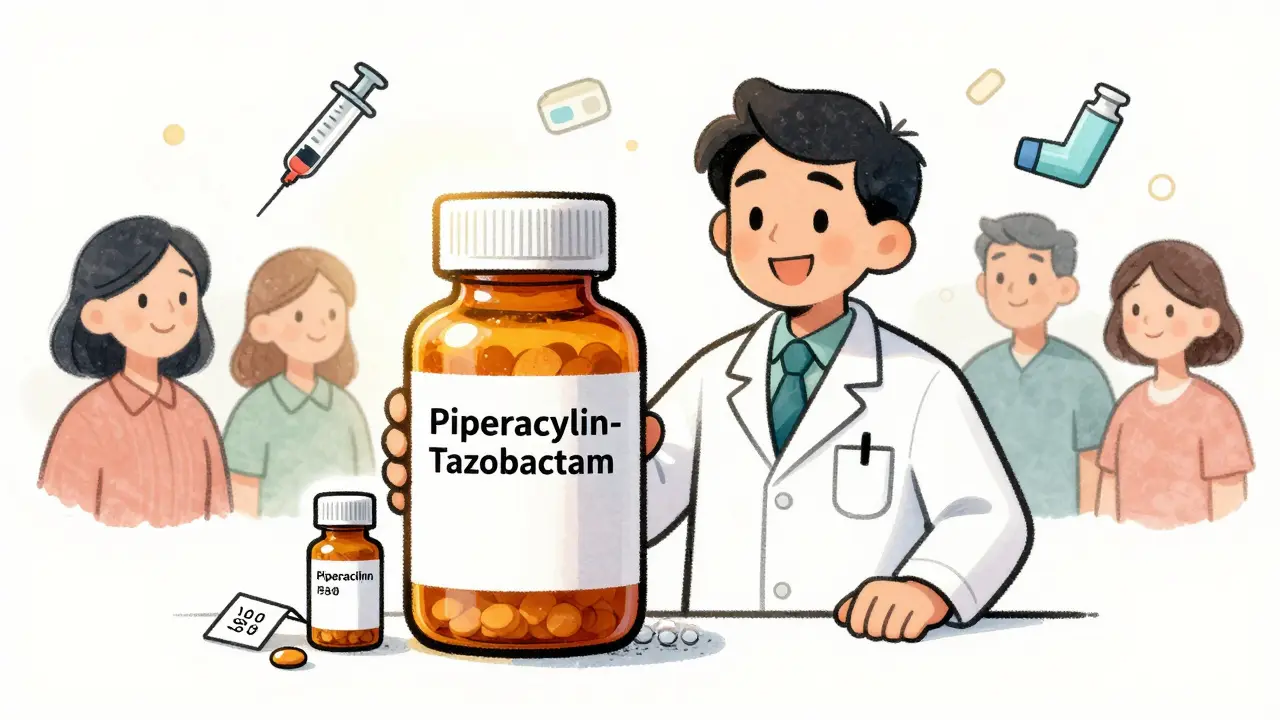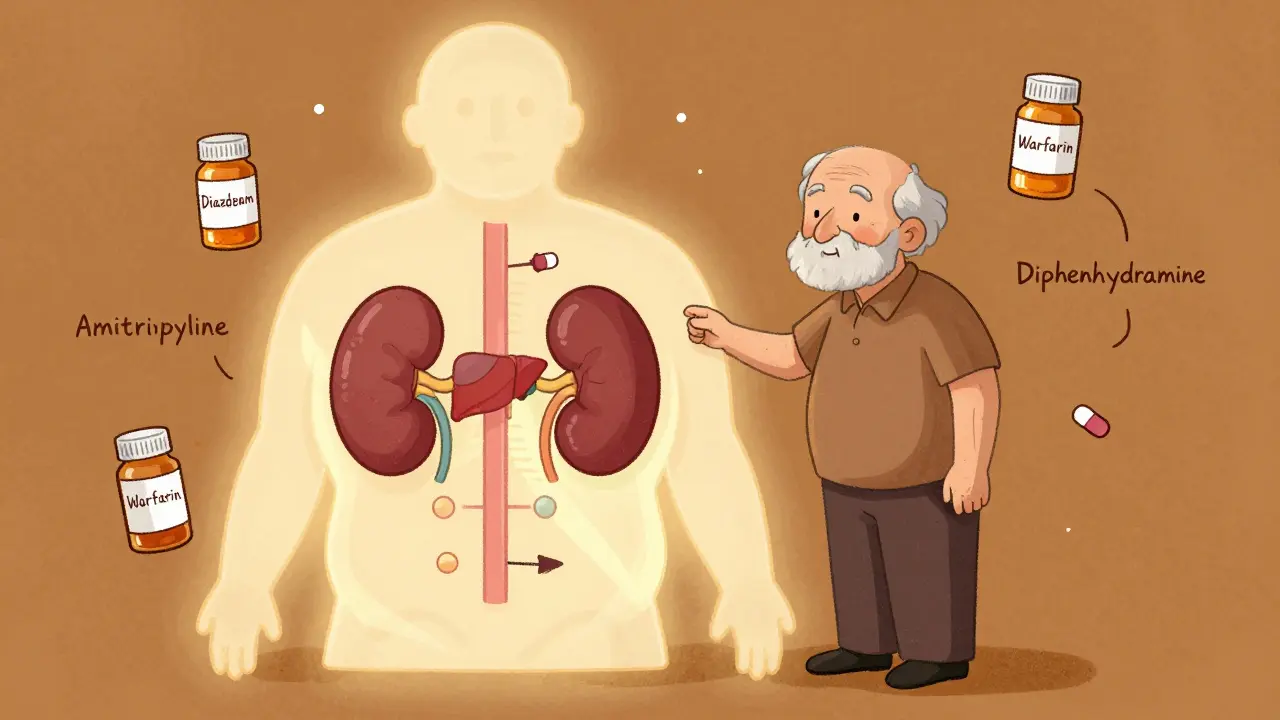Understanding Ethinyl Estradiol: A Practical Guide
If you've ever looked into birth control pills or hormone therapy, you've probably come across the term ethinyl estradiol. This synthetic form of estrogen is a major player in many contraceptives and treatments. Unlike natural estrogen, ethinyl estradiol is designed to be more effective and longer-lasting when taken as a pill. Knowing how it works and what to expect can make a big difference when managing your health.
Ethinyl estradiol acts by mimicking natural estrogen in your body, helping regulate the menstrual cycle and preventing ovulation when used in birth control pills. It's commonly combined with progestins to improve effectiveness and reduce side effects. This combo not only prevents pregnancy but can also help with issues like heavy periods, acne, or hormonal imbalances.
How Ethinyl Estradiol Is Used Today
Most people know ethinyl estradiol from its role in birth control pills, but it’s also used in hormone replacement therapy for menopausal symptoms. Depending on the dose and combination, it can help ease hot flashes, vaginal dryness, and mood swings. Its flexibility means doctors can tailor treatment to your needs, balancing benefits with potential risks.
When taking ethinyl estradiol, safety is key. While it’s generally well tolerated, some might notice side effects like nausea, headaches, or changes in weight. More serious risks include blood clots, especially in smokers and women over 35. That's why it's important to share your medical history with your healthcare provider before starting treatment and to follow their guidance carefully.
What You Should Watch Out For
If you're using ethinyl estradiol, keep an eye on unusual symptoms like sharp chest pain, sudden shortness of breath, or severe leg pain—these could be signs of blood clots. Also, watch for mood changes and report any persistent discomfort to your doctor. Staying informed and communicating openly can help you safely benefit from this medication.
In some cases, lifestyle choices can impact how well ethinyl estradiol works. For example, certain antibiotics and herbal supplements like St. John's Wort might reduce its effectiveness. Always check with your pharmacist or doctor before adding other medicines or supplements.
Ethinyl estradiol remains a cornerstone of hormonal treatments, offering many people control over their reproductive health and relief from menopausal symptoms. Understanding what it does, how to use it safely, and when to ask for help will make your experience smoother and more effective. If you want to learn about specific brands, how to buy safely online, or alternatives, our site has a bunch of practical guides to help you out.

Ethinyl estradiol and drug interactions: what to avoid
As a blogger, I recently researched ethinyl estradiol and potential drug interactions, and I discovered some important information to share. Ethinyl estradiol is a synthetic form of the hormone estrogen, commonly found in birth control and hormone replacement therapies. It's essential to be aware of potential drug interactions, as they can reduce the effectiveness of ethinyl estradiol or cause unwanted side effects. Some of the medications to avoid or use with caution include antibiotics, antifungal medications, and certain seizure medications. If you're taking ethinyl estradiol, it's always best to consult your healthcare provider before starting any new medications to ensure your safety and the effectiveness of your treatment.





